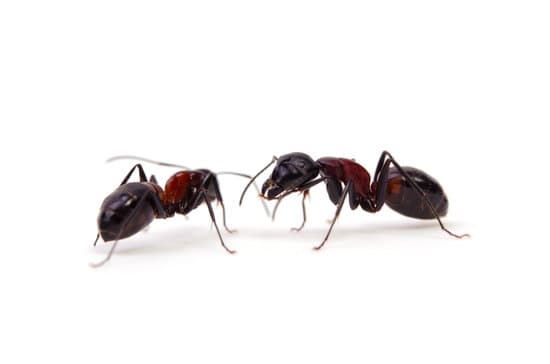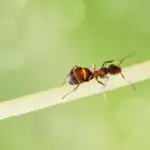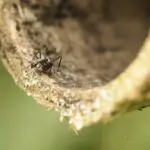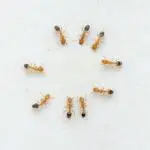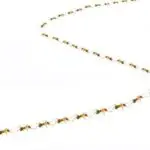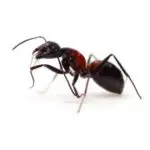How Do Ants See in the Dark?
Several species of ants are able to see in the dark. These ants include nocturnal and diurnal ants. They are able to see a portion of an object in segments, and they are able to distinguish different hues of light.
In fact, some species of ants have developed vision systems that are able to detect ultraviolet light. They are able to distinguish between different hues, and they are able to detect polarized sunlight.
They are also able to perceive smell. Their antennae allow them to sense movement. They also take in oxygen through tiny holes called spiracles. They also sense movement through vibrations. They can even detect sound by feeling the vibrations of body parts.
Although ants can see in the dark, they cannot see very far. They are able to see the outlines of an object at distances of between one and twenty-five centimeters.
Several species of ants have compound eyes. These eyes have thousands of tiny lenses called ommatidia. The number of ommatidia determines how far the ant can see. Some species have more ommatidia, so they are able to see more of an area. Others have less ommatidia, so they are not able to see as far.
The eye of an ant is called an ocellus. Each ocellus is a small unit of lens that helps the ant see. This is similar to how a digital camera works with a low-resolution pixel. The ant’s brain corrects the difference between the two eyes.
